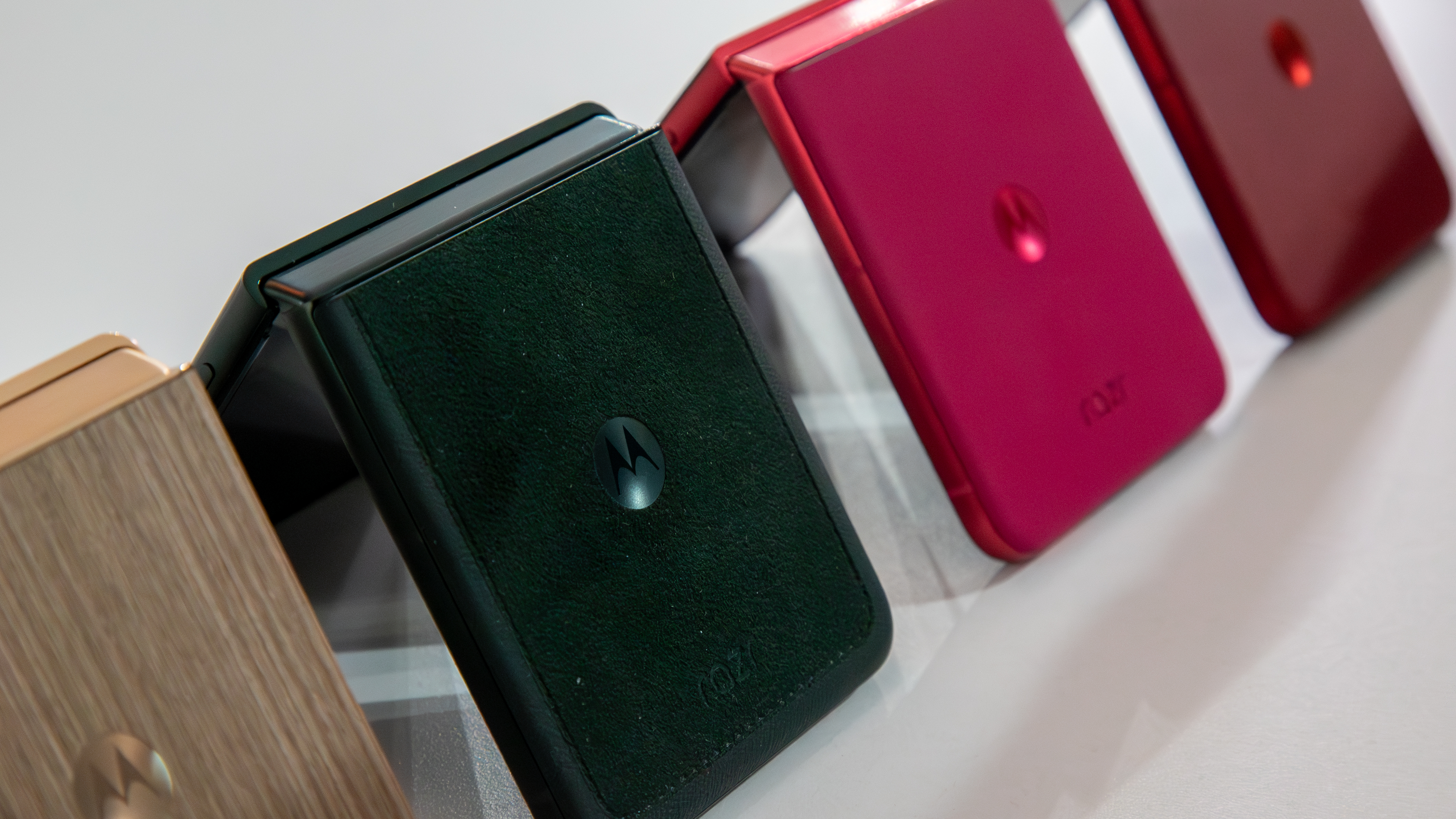Hands-on with Recon Jet Smart Glass
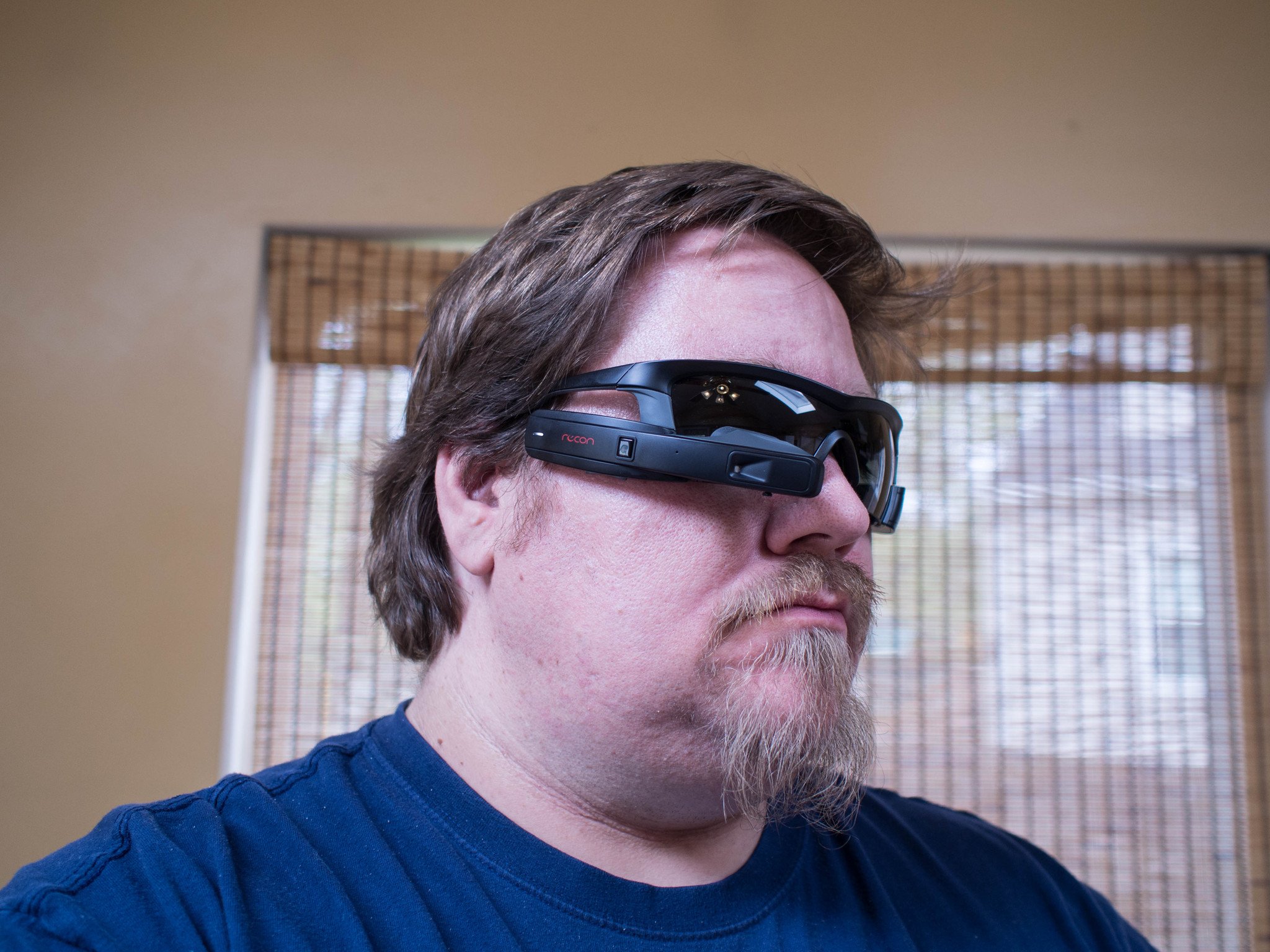
It may have taken the company a lot longer than originally expected to start shipping their wearable fitness computer, but we've finally got a Recon Jet in our hands to play with. While Recon Jet was originally compared to Google Glass, due largely to being the only other viable face computer with a price tag dramatically lower than Google's offering, Recon Instruments couldn't be more clear about the purpose of this computer. It's a fitness accessory, allowing you to track your runs and rides without disconnecting you from the digital world. There's even a camera so you can grab that quick photo or video of something cool you see on your excursions. And most important, it's all baked into a pair of high-end, polarized sunglasses that are supposed to be comfortable enough to wear while performing these activities.
With well over a year of redesigns and polish, including a fun promo video showing off everything the device can do, lets take a look and see what's going on with this crazy face computer.
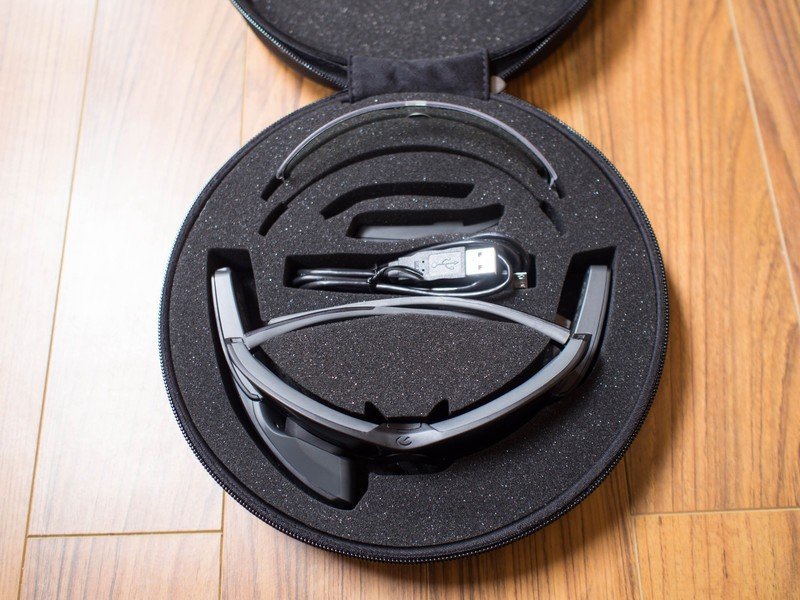
Recon's wearable computer couldn't be more different from Google Glass. The frame it's built on is rubberized and flexible, designed to be flexed to fit your face. The computer and battery sit on opposite sides of the frame for weight balancing, and can both be removed if all you want to wear is the lens — which makes sense since the computer parts are only meant to be worn during activities. Touch input relies on an optical sensor and physical buttons, which means it can be used even when wearing gloves. It's a wildly different machine, which is why we're done comparing the two here and now.
Recon Jet comes in a rugged zipper case, and inside the container you'll find space for two lenses, a spare battery, cables, and the actual computer when the arms of the glasses are folded. You get a clear lens to complement the polarized lens attached to the computer out of the box, which is likely to ensure you can wear the headset for day and night activities. The stock polarized lens is very good, and the polarization is angled so you'll be able to see most screens without a problem while wearing them.
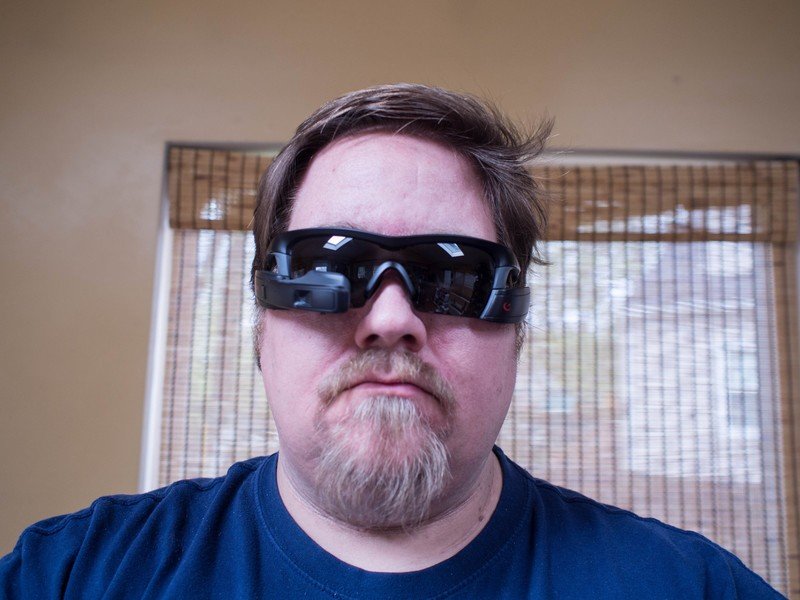
Putting Jet on for the first time is just plain awkward. It takes some adjusting to make everything fit just right, an even after you tweak the nose piece and flex the arms to stop them from digging into your skull (YMMV, obviously, I know I have a big fat head) the weight of Jet takes a minute or two to get used to. Fortunately, the huge back box soaking up the bottom right tenth of your total field of vision will distract you from the weight. You lose a little bit of your periphery with Jet, and the way your left eye will try to compensate for what your right eye can't see anymore is a little disorienting, but you really do adjust quickly. All you've got to do now is turn it on and set it up, which is unfortunately not as easy as it probably should be.
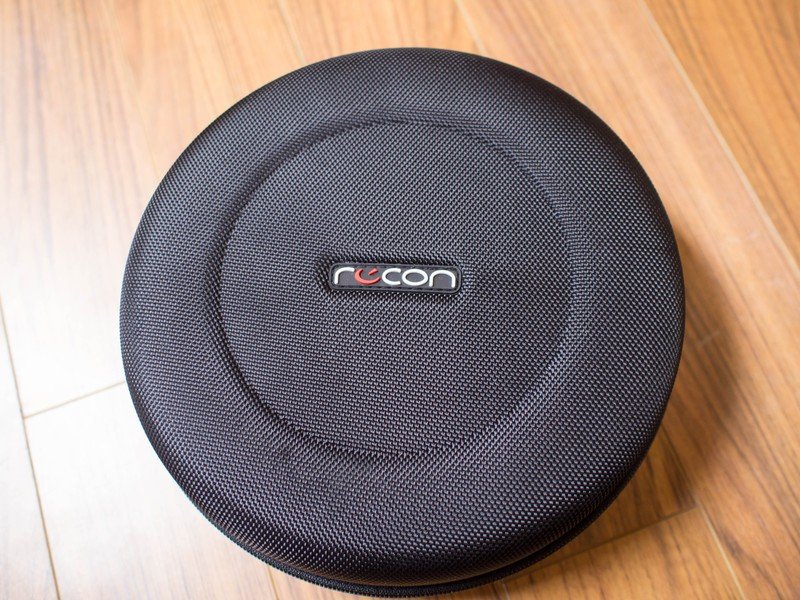

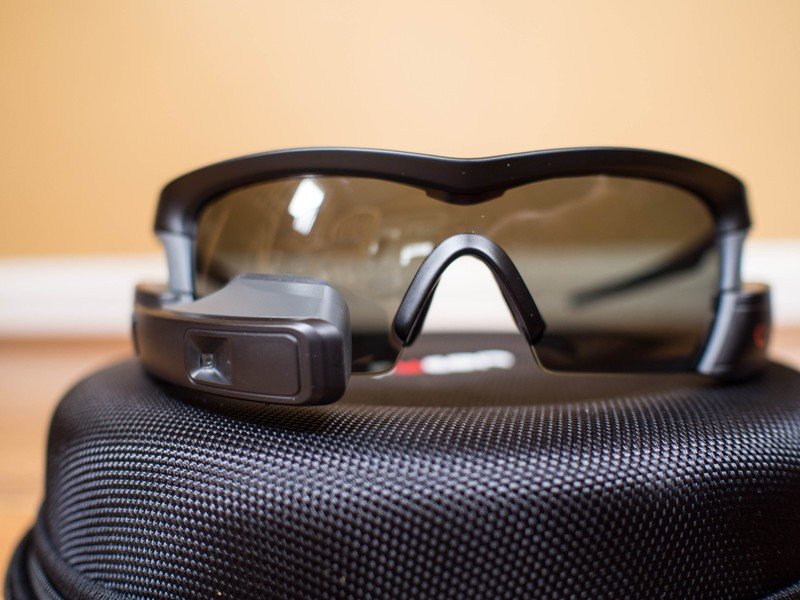
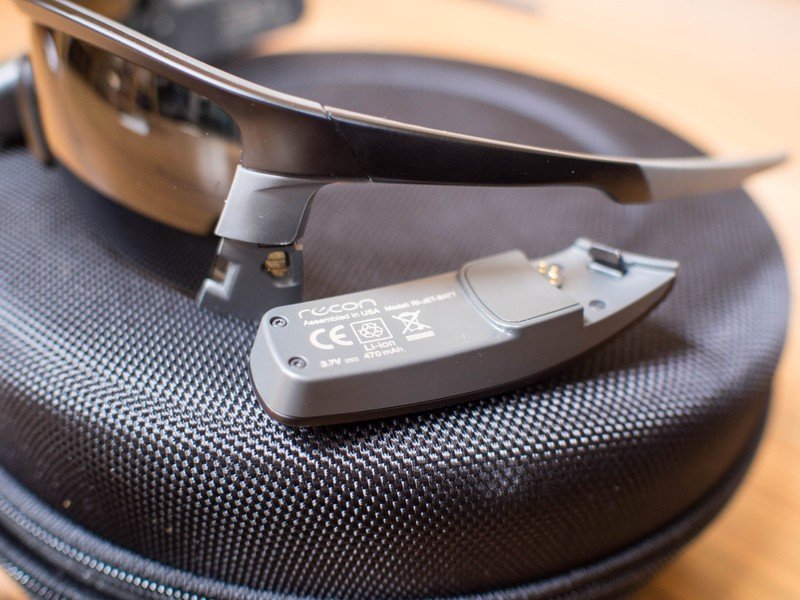
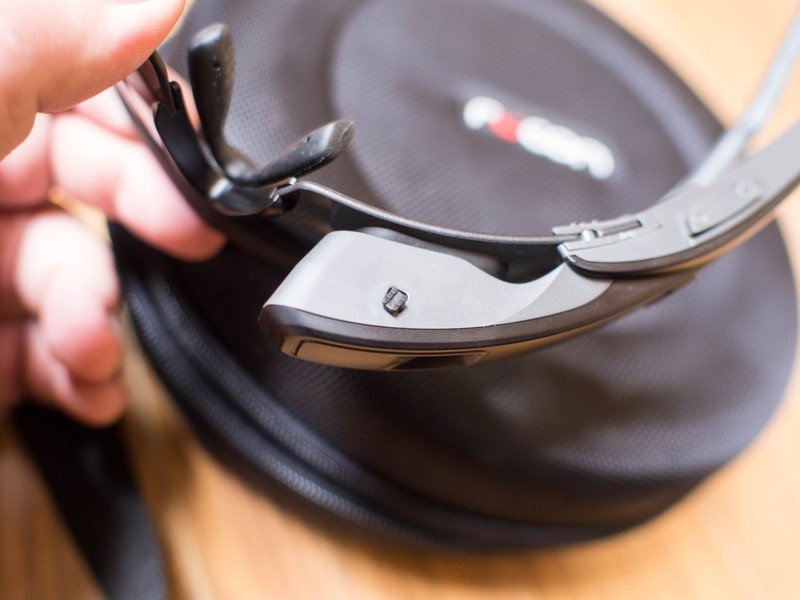
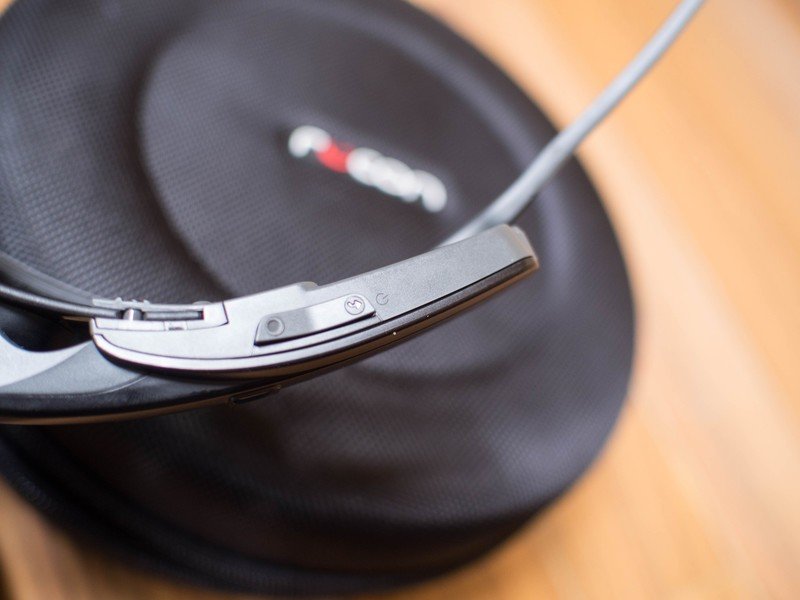
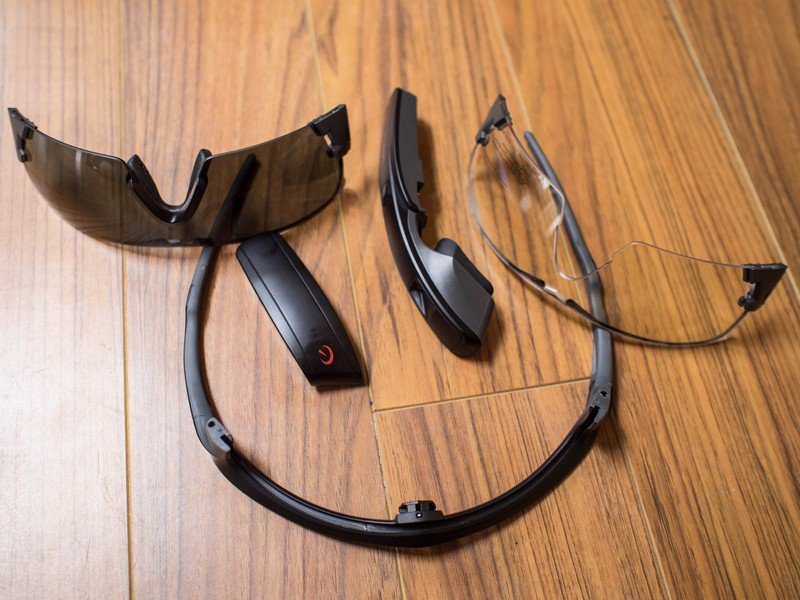
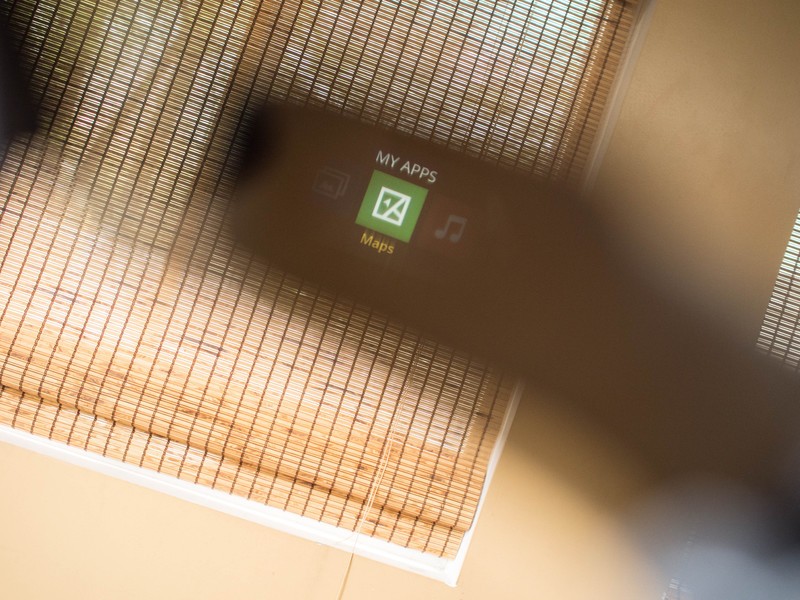
As expected, the UI for Jet is all about fitness.
Software for Recon Jet it a three-device process. You start off by connecting the face computer to your regular computer, where the Recon desktop app will walk you through creating an account and ensuring Jet has the most recent version of software and firmware. The software asks you to pick an area on a map you'll be working out in, so those maps can be installed on the device instead of using data on your phone to grab that data when you need it. You'll also be installing the Recon Engage app on your phone, so when everything is all set up you can pair and start getting notifications. The process took nearly an hour on our machine, which is less than ideal but likely will only be an issue when trying to install software updates.
As expected, the UI for Jet is all about fitness. You can declare an activity — currently limited to running and cycling — and once you've started the headset will feed you stats like speed, distance traveled, etc. in the HUD that basically stays on the entire time you are doing this activity. There's a basic link to your phone that will show you SMS if its from a stock app and let you make and receive calls, but the included speaker has to compete with whatever the ambient noise is wherever you are, so it'll depend largely on location as to whether you can hear whomever is on the line. There's an experimental feature that turns the screen off whenever you aren't glancing directly at it, but that feature only seemed to work while standing still for now. A Music app on the device will let you control whatever player you are using on your phone, and it works well in everything we tested on our Galaxy S6 edge, but the player has to be initiated on the phone before anything works.
Be an expert in 5 minutes
Get the latest news from Android Central, your trusted companion in the world of Android


Recon Jet is a bundle of decent hardware ideas with mediocre software that will hopefully get better over time.
Using the camera is not the most convenient thing ever, which could be a real problem when cycling and you want to grab a quick image. There's no dedicated shutter button, so you have to navigate to the camera app before you can see or do anything. If you're already in an activity, you can long press on the select button for three seconds, which will launch a drawer that has the camera front and center, making it so you need only tap the select button again to launch the camera. Once there, you can push the select button to grab a photo or swipe to recording mode to grab some video. The images you capture can't yet be shared socially from the device or accessed through the Recon Engage app, so until that feature is implemented you have to connect to your computer and either extract the files yourself or let the Recon software sync everything to your Desktop. Since it's a 1.2MP sensor, the image quality is just about exactly what you expect it would be.
According to Recon, the best parts of the fitness software for Jet aren't quite ready yet. The website has a list of features, many of which were shown off in their flashy new demo video from last month, marked as "coming soon" in a group. The ability to race against yourself virtually, support for Google Fit and Strava, and making favorite routes on the map sit alongside IFTTT integration to help compensate for the lack of Android Wear-esque notification support on the device. This list, and the lack of social sharing, are a big part of why the device feels kind of barebones right now.

So there you have it. Recon Jet is a bundle of decent hardware ideas with mediocre software that will hopefully get better over time. It's a cool idea, but now its time to see what happens when the rest of the software and some third-party developers get in on the action. Who knows, in a few months this could be one of the most feature complete fitness accessories on the market. Consider our breath held.

